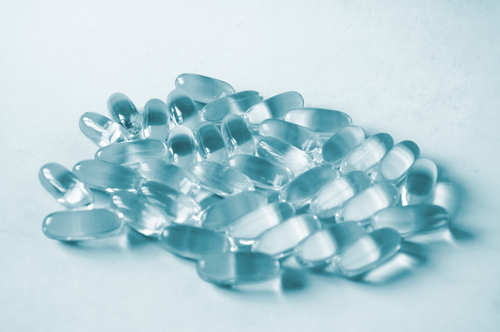Small-Molecule Drug Discovery and Development

Small-molecule drugs are organic compounds with low molecular weight—typically less than 900 daltons—that help to regulate biological processes and diagnose, treat or prevent diseases. Many are derived from natural sources, including tree bark, plants, fungi, bacteria and marine organisms. In contrast, biologic drugs are larger in size—typically greater than 1 kilodalton—and are developed from blood, proteins, viruses and living organisms.
Because of their low weight, small-molecule drugs can pass through cell membranes, interact with proteins and enzymes inside cells and disrupt certain processes. They target immune cell protein-to-protein interactions to modulate immune function and counteract pathological mechanisms.
Small-molecule drugs are chemically derived and make up 90% of pharmaceutical drugs,1 including aspirin, antihistamines, and other tablets/capsules that are typically found in our medicine cabinets. They are often taken orally and typically stable at room temperature.
References
1. Govardhanagiri S, Bethi S, and Nagaraju G P. Small Molecules and Pancreatic Cancer Trials and Troubles. IN: Breaking Tolerance to Pancreatic Cancer Unresponsiveness to Chemotherapy. Cambridge, MA, USA: Academic Press; 2019. p. 117-131.





